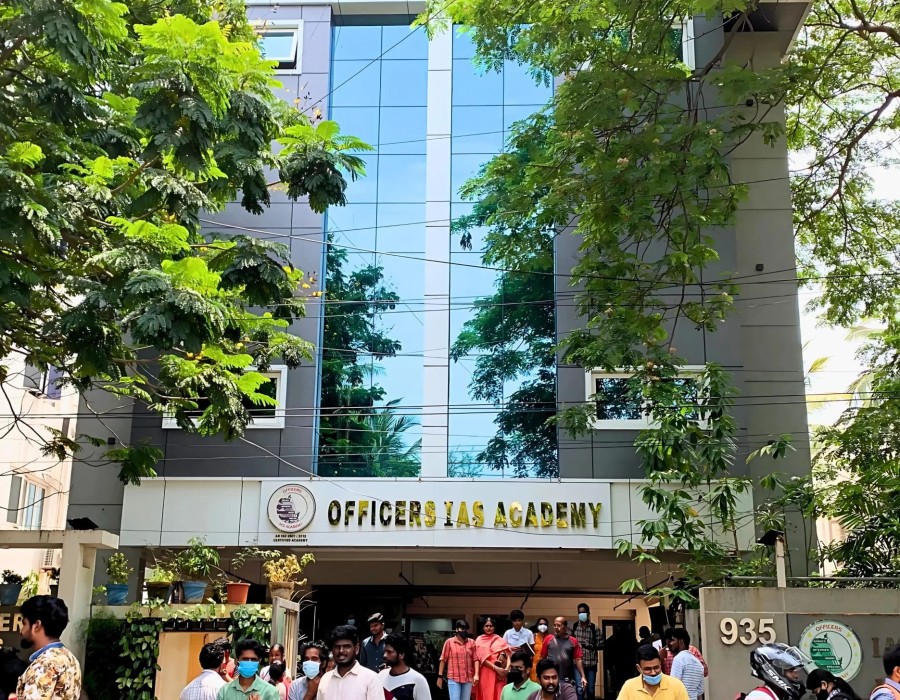Introduction
Are you planning to crack the IAS Exam in 2025? The competition is fierce, and only the best-prepared aspirants succeed. Understanding the latest IAS exam syllabus, the revised exam pattern, and adopting a focused preparation strategy can give you a significant edge. In this comprehensive guide, we break down every crucial aspect of the exam—from subjects and marks distribution to proven study techniques—to help you streamline your journey to becoming a civil servant.
Let’s dive in and demystify the IAS exam blueprint for 2025.
IAS Exam Pattern 2025: What You Need to Know
The IAS Exam, conducted by the Union Public Service Commission (UPSC), consists of three stages:
1. Preliminary Examination (Prelims)
- Type: Objective (Multiple Choice Questions)
- Papers:
- General Studies Paper I (200 marks)
- CSAT – General Studies Paper II (200 marks; qualifying)
- Duration: 2 hours per paper
- Purpose: A screening test for Mains
- Important Note: CSAT is qualifying with a 33% cutoff
2. Main Examination (Mains)
- Type: Descriptive (Written)
- Total Papers: 9 (7 counted for merit + 2 qualifying)
- Total Marks for Merit: 1750 marks
- Essay (250 marks)
- 4 General Studies Papers (250 marks each)
- 2 Optional Subject Papers (250 marks each)
- 2 Language Papers (qualifying only)
3. Personality Test (Interview)
- Total Marks: 275
- Objective: Assess personality, ethics, decision-making, and mental alertness
Grand Total: 2025 marks (Mains + Interview)
Updated IAS Syllabus 2025: A Stage-Wise Breakdown
Prelims Syllabus
General Studies Paper I:
- Current Affairs (national & international)
- History of India and the Indian National Movement
- Indian Polity and Governance
- Economic and Social Development
- Environmental Ecology and Climate Change
- General Science
- Geography of India and the World
CSAT (Paper II):
- Comprehension
- Logical reasoning & analytical ability
- Decision-making and problem-solving
- Basic numeracy (up to Class X level)
Mains Syllabus
Essay Paper:
Write essays on multiple topics with clear structure and argument flow.
General Studies I:
- Indian heritage, culture, history, and geography
General Studies II:
- Constitution, governance, polity, social justice, and international relations
General Studies III:
- Technology, economic development, biodiversity, security, and disaster management
General Studies IV:
- Ethics, integrity, and aptitude (case studies included)
Optional Subjects:
Choose 1 from a list of 48 (like History, Sociology, Geography, etc.)
Top Preparation Tips to Crack the IAS Exam in 2025
1. Master the Syllabus Inside Out
Begin by downloading and organizing the official UPSC syllabus. Categorize topics into micro sub-topics and create a checklist to track your progress.
2. Create a Realistic, Adaptive Study Plan
Devote 6–8 hours a day to focused study. Break your schedule into:
- Morning: GS topics
- Afternoon: Optional subject
- Evening: Revision or answer writing
- Night: Newspaper analysis or current affairs
3. Use Only Trusted Sources
- Prelims: NCERTs, Laxmikanth (Polity), Spectrum (Modern History)
- Mains: ARC Reports, Yojana, PIB updates, Economic Survey, and India Year Book
4. Current Affairs = The Game Changer
Spend 45–60 minutes daily reading The Hindu or Indian Express. Make concise notes and revise monthly.
5. Answer Writing Practice is Non-Negotiable
Start with 1–2 questions per day and gradually increase. Use the ‘Intro-Body-Conclusion’ format and practice under timed conditions.
6. Take Full-Length Mock Tests
Enroll in reputed test series for both Prelims and Mains. Analyze mistakes and revise weak areas consistently.
7. Join a Mentorship or Peer Group
Consistent feedback and discussions can dramatically improve clarity and confidence.
8. Revision is the Key
Follow the 1-3-7 Rule: First revision on day 1, second on day 3, third on day 7. Stick to concise notes and mind maps for last-minute recall.
Conclusion
Cracking the IAS exam in 2025 is challenging but achievable with clarity, planning, and execution. Remember, it's not just about hard work—but smart, strategic work. By thoroughly understanding the latest syllabus, aligning with the exam pattern, and implementing result-driven preparation tips, you’re already a step ahead of most aspirants.
Start today. Stay focused. And visualize success—it’s closer than you think.





Comments